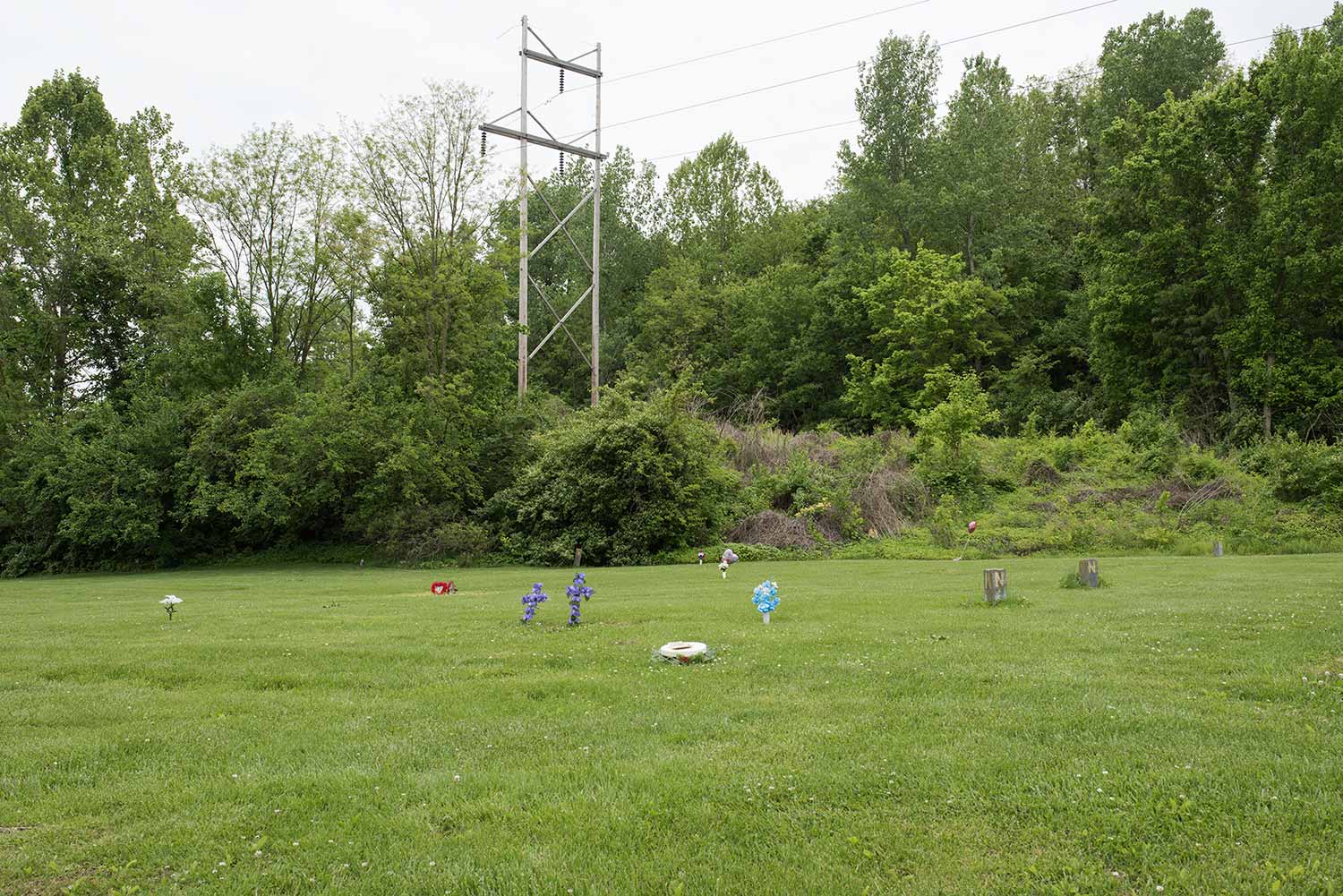

Named after the prominent 19th century African-American educator and author, the Booker T. Washington Cemetery was one of the first Black cemeteries in the American Bottom. Dedicated in 1903 by R.M.C. Green, an African American undertaker from Edwardsville, the cemetery was to be a central site for the interment of blacks from throughout the region. Prior to its founding, African American bodies were either banned or ghettoized to the margins of the region’s cemeteries. That cemeteries, like virtually all other spaces of American life, were segregated is perhaps not a surprise. Accepting black bodies was essentially left to the prerogative of individual cemetery owners up until 1968 when the Supreme Court, in their ruling of Jones v. Meyer, effectively ended legal discrimination in the rental or sale of property. Writing in the brief that “all citizens shall have the same right, in every State and Territory, as is enjoyed by white citizens thereof to inherit, purchase, lease, sell, hold, and convey real and personal property,” the justices put forward a legal ruling that in principle, if not in fact, desegregated property ownership and rental--including the eternal rental of a burial plot./// Responding to both the over white supremacy of other cemetery managers, and building on a Black self-determination movement, the Booker T. Washington Cemetery received thousands of bodies through the first half of the 20th century, until desegregation saw its gradual decline. Importantly, the Green brothers played a central role in supporting victims of the 1917 East St. Louis pogrom, and the Cemetery received remains of many of the African-Americans killed in the violence of that July. While the total number of interments is not known (numbers range from 2,000 to 12,000), the cemetery is known to have received the bodies of hundreds of children killed in the influenza epidemic of 1918. /// Currently, the Cemetery sees sporadic upkeep—with annual cleanups removing brush and overgrowth from the remaining headstones.